Neuroanatomy for Speech-Language Pathology and Audiology 2nd Edition
Neuroanatomy for Speech-Language Pathology and Audiology Second Edition:
Additional ISBNs:
∗ eText ISBN: 1284174441, 978-1284174441, 9781284174441
- See additional information on the Amazon.
More Details
Neuroanatomy for Speech-Language Pathology and Audiology 2nd Edition:
Cover
Title Page
Copyright Page
Dedication Page
Brief Contents
Contents
Preface
About the Author
Reviewers
Chapter 1 Introduction to Neurology
Introduction: Defining Neurology
The Need for Neurological Training
A Broad Overview of the Nervous System
The Nervous System Is a Precious Resource
What Does Neurology Mean to Me?
Famous People With Neurological Conditions
Prevalence, Incidence, and Cost of Neurological Disorders
Classification of Neurological Disorders
A Brief History of Neuroscience
Prehistory
Early History
Later History
Modern History
Neuroscience Today
Structural Imaging Techniques
Functional Imaging Techniques
Combined Structural and Functional Imaging Techniques
Which Test When?
A Caution Regarding Imaging Techniques
Conclusion
Summary of Learning Objectives
Key Terms
Draw It to Know It
Questions for Deeper Reflection
Case Study
Suggested Projects
References
Chapter 2 Navigation and Organization of the Nervous System
Introduction
Navigation of the Nervous System
Anatomical Terms
The Anatomical Position
Anatomical Versus Clinical Orientation
Body Planes
Directional Terms
Muscle Actions
Organizational Approaches to the Nervous System
An Anatomical Approach
A Functional Approach
A Developmental Approach
The Approach of This Text
Conclusion
Summary of Learning Objectives
Key Terms
Draw It to Know It
Questions for Deeper Reflection
Case Study
Suggested Projects
References
Chapter 3 Development of the Nervous System
Introduction
Genes, Chromosomes, and Cells
Fertilization and the First Weeks of Life
Structural Development of the Infant Brain
Dorsal Induction (GA: 3–7 Weeks)
Ventral Induction (GA: 2–3 Months)
Neural Proliferation (GA: 3–4 Months)
Neuronal Migration (GA: 3–5 Months)
Cortical Organization and Synapse Formation (GA: 5 Months to Years Postnatal)
Myelination (GA: Birth to Years Postnatal)
Functional Development of the Infant Brain
The Development of the Adolescent Brain
The Brain in Normal Aging
Conclusion
Summary of Learning Objectives
Key Terms
Draw It to Know It
Questions for Deeper Reflection
Case Study
Suggested Projects
References
Chapter 4 The Cells of the Nervous System
Introduction
Historical Considerations
Cell Structure and Function
Molecules
The Cell
Cells, Tissues, and Systems
An Overview of Nervous System Cells
Neurons
Glial Cells
Neuron Form and Function
Neuron Form
Important Aspects of Neuron Function
The Firing Neuron: The Analogy of a Gun
The All-or-None Principle
Select Disorders of Nervous System Cells
Intellectual Disability
Brain Tumors
Amyotrophic Lateral Sclerosis
Multiple Sclerosis
Myasthenia Gravis
Guillain–Barré Syndrome
Conclusion
Summary of Learning Objectives
Key Terms
Draw It to Know It
Questions for Deeper Reflection
Case Studies
Suggested Projects
References
Chapter 5 The Spinal Cord, Brainstem, Cranial Nerves, and Cerebellum
Introduction
The Spinal Cord
Spinal Cord Form
Spinal Cord Function
Select Disorders of the Spinal Cord
Brainstem
External Organization of the Brainstem
Internal Organization of the Brainstem
Select Disorders of the Brainstem
The Cranial Nerves
Cranial Nerve I: The Olfactory Nerve
Cranial Nerve II: The Optic Nerve
Cranial Nerve III: The Oculomotor Nerve
Cranial Nerve IV: The Trochlear Nerve
Cranial Nerve V: The Trigeminal Nerve
Cranial Nerve VI: The Abducens Nerve
Cranial Nerve VII: The Facial Nerve
Cranial Nerve VIII: The Vestibulocochlear (or Auditory) Nerve
Cranial Nerve IX: The Glossopharyngeal Nerve
Cranial Nerve X: The Vagus Nerve
Cranial Nerve XI: The Spinal Accessory Nerve
Cranial Nerve XII: The Hypoglossal Nerve
The Cerebellum
Anatomy of the Cerebellum
Cerebellar Function
Select Disorders of the Cerebellum
Conclusion
Summary of Learning Objectives
Key Terms
Draw It to Know It
Questions for Deeper Reflection
Case Studies
Suggested Projects
References
Chapter 6 Diencephalon, Basal Ganglia, and Brain Ventricles
Introduction
The Diencephalon
Thalamus
Subthalamus
Hypothalamus
Epithalamus
The Basal Ganglia
Structure and Function of the Basal Ganglia
Internal Capsule and Corona Radiata
Basal Ganglia Disorders
The Brain Ventricles
Structure and Function
Disorders of the Ventricles
Conclusion
Summary of Learning Objectives
Key Terms
Draw It to Know It
Questions for Deeper Reflection
Case Study
Suggested Projects
References
Chapter 7 The Cerebrum: A Survey
Introduction
The Protection and Nourishment of the Cerebrum
Protection: The Meninges
Protection: The Blood–Brain Barrier
Nourishment: The Cerebral Arteries
Waste Removal: The Venous System
The Cerebrum
Important Cerebral Landmarks
Layers of the Cerebral Cortex
The Lobes of the Brain
Hemispheric Specialization and Connections
Hemispheric Specialization
Inter- and Intrahemispheric Connections
Cerebral Disorders
Cerebral Vascular Accident
Traumatic Brain Injury
Cerebral Palsy
Stuttering
Brain Plasticity
Use It or Lose It and Use It and Improve It
Specificity Matters
Repetition and Intensity Matter
Time Matters
Salience Matters
Age Matters
Transference Matters
Interference Matters
Conclusion
Summary of Learning Objectives
Key Terms
Draw It to Know It
Questions for Deeper Reflection
Case Study
Suggested Projects
References
Chapter 8 The Cerebrum: Cerebral Function
Introduction
The Cerebral Cortex
Frontal Lobe
Parietal Lobe
Occipital Lobe: The Visual Cortex
Temporal Lobe
Cingulate Cortex
Insular Cortex
Conclusion
Summary of Learning Objectives
Key Terms
Draw It to Know It
Questions for Deeper Reflection
Case Study
Suggested Projects
References
Chapter 9 Consciousness and Disorders of Consciousness
Introduction
What Is Consciousness?
The Neurology of Consciousness
Neural Mechanisms of Wakefulness
Neural Mechanisms of Core Consciousness and Extended Consciousness
Assessing Consciousness
The Glasgow Coma Scale
The Rancho Levels of Cognitive Functioning
Disorders of Consciousness
An Overview of Disorders of Consciousness
Specific Disorders of Consciousness
Treatment of People With Disorders of Consciousness
Disorders of Consciousness and Personhood
Two Broad Views of Personhood
Speech-Language Pathology, Audiology, and Disorders of Consciousness
Conclusion
Summary of Learning Objectives
Key Terms
Draw It to Know It
Questions for Deeper Reflection
Case Study
Suggested Projects
References
Chapter 10 The Neurology of Hearing and Balance
Introduction
The Neurology of Hearing
The Peripheral Auditory System
The Central Auditory System
Select Disorders of the Auditory System
The Neurology of Balance
The Peripheral Vestibular System
The Central Vestibular System
Select Vestibular Disorders
Conclusion
Summary of Learning Objectives
Key Terms
Draw It to Know It
Questions for Deeper Reflection
Case Study
Suggested Projects
References
Chapter 11 The Neurology of Speech
Introduction
The Motor Speech System
The Conceptual Level
The Linguistic Planning Level
The Motor Planning and Programming Levels
The Motor Control Circuits
The Direct Motor Pathway
The Indirect Motor System
The Final Common Pathway
Multisystem Damage
Sensory Pathways Important for Speech
Ascending Sensory Pathways
Kinesthesia
Conclusion
Summary of Learning Objectives
Key Terms
Draw It to Know It
Questions for Deeper Reflection
Case Study
Suggested Projects
References
Chapter 12 The Neurology of Language
Introduction
A Definition of Language
The Components of Language
The Neural Basis of Language
Auditory Comprehension of Language
Visual Comprehension of Language
The Oral Production of Language
The Written Expression of Language
Language Disorders
Aphasia
Alexia
Agraphia
Conclusion
Summary of Learning Objectives
Key Terms
Draw It to Know It
Questions for Deeper Reflection
Case Study
Suggested Projects
References
Chapter 13 The Neurology of Swallowing
Introduction
The Normal Swallow
The Oral Preparatory Stage
The Oral Stage
The Pharyngeal Stage
The Esophageal Stage
The Central Swallowing System
Brainstem Involvement
Subcortical and Cortical Controls
Neurology of the Cough Response
Neurology of Silent Aspiration
Neurological Swallowing Disorders
Causes
The General Nature of Neurogenic Dysphagia
Specific Neurological Conditions Involving Dysphagia
Amyotrophic Lateral Sclerosis
Guillain-Barré Syndrome
Myasthenia Gravis
Conclusion
Summary of Learning Objectives
Key Terms
Draw It to Know It
Questions for Deeper Reflection
Case Study
Suggested Projects
References
Chapter 14 The Neurology of Cognition
Introduction
Attention
Types of Attention
Neural Mechanisms of Attention
Attention-Deficit/Hyperactivity Disorder
Memory
Working Memory
Short-Term Memory
Long-Term Memory
Executive Functions
Cognitive-Communicative Disorders
Right Hemisphere Disorder
Traumatic Brain Injury
Dementia
Conclusion
Summary of Learning Objectives
Key Terms
Draw It to Know It
Questions for Deeper Reflection
Case Study
Suggested Projects
References
Chapter 15 The Neurology of Emotion
Introduction
Emotional Intelligence
Theories of Emotion
The Neural Basis of Emotion
The Limbic System
The Amygdala
The Cingulate Cortex
The Insular Cortex
The Prefrontal Cortex
Disorders of Emotion
Klüver-Bucy Syndrome
Autism
Lability
Working With Patients’ Emotions: Counseling
A Tale of Two Minds
The Therapist’s Response to Patient Loss
Counseling as a Critical Skill in Medicine
Training Particular Counseling Skills
Conclusion
Summary of Learning Objectives
Key Terms
Draw It to Know It
Questions for Deeper Reflection
Case Study
Suggested Projects
References
Chapter 16 The Neurological Exam
Introduction
The Neurological Exam
The Tools of the Neurological Exam
The Steps of the Neurological Exam
A Comparison of Neurological Exams by Neurologists and SLPs/Audiologists
Signs of Neurological Disease
Cranial Nerve Signs
Motor Signs
Reflex Signs
Sensory Signs
Other Signs
Conclusion
Summary of Learning Objectives
Key Terms
Draw It to Know It
Questions for Deeper Reflection
Case Study
Suggested Projects
References
Glossary
Index


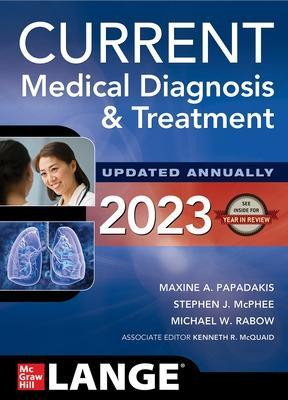
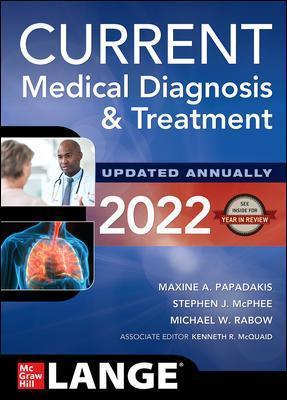
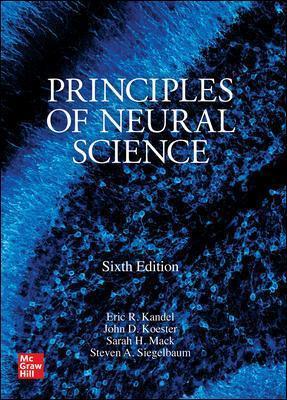

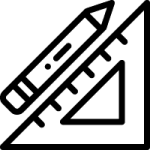



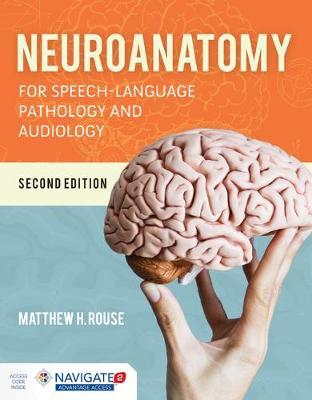
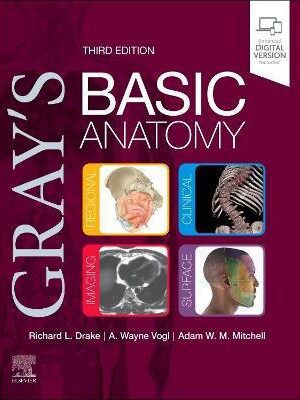
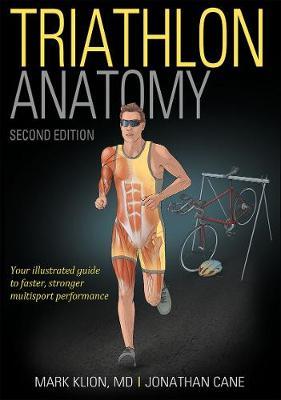
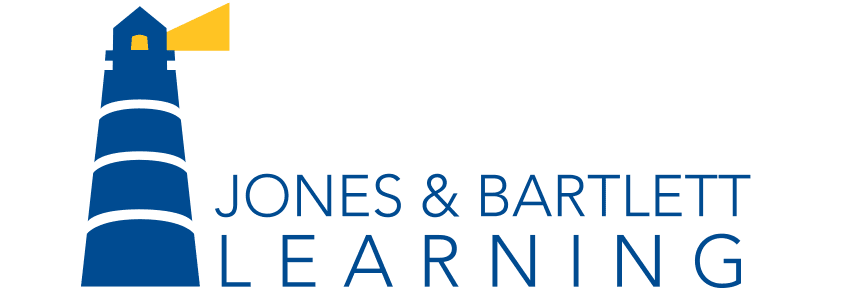


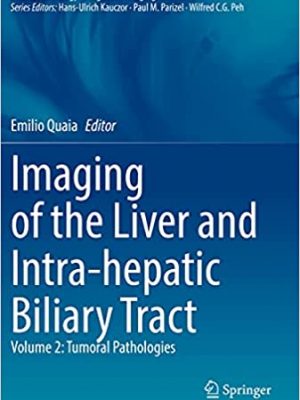
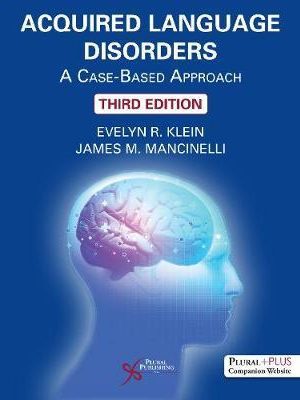
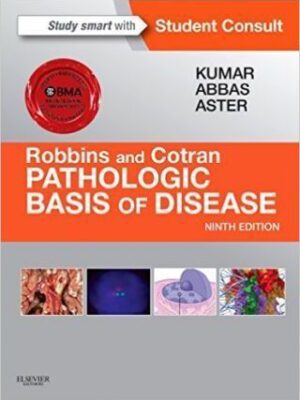
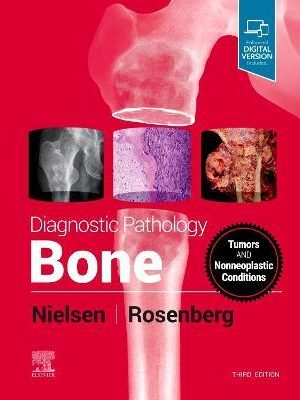

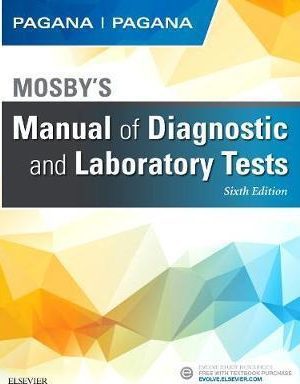
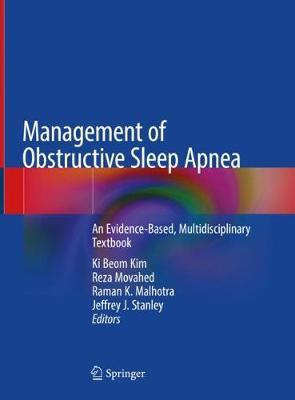

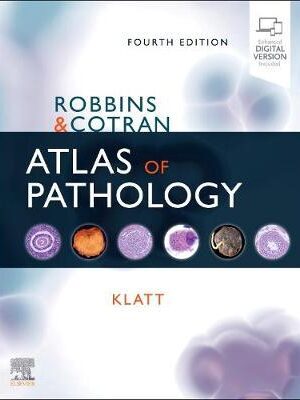
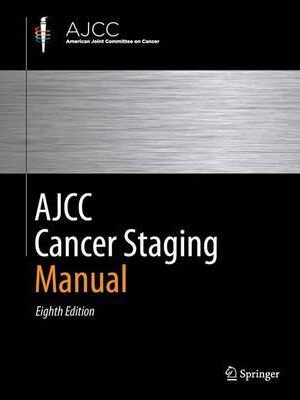
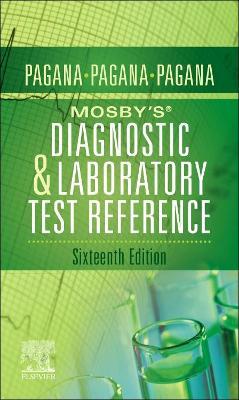
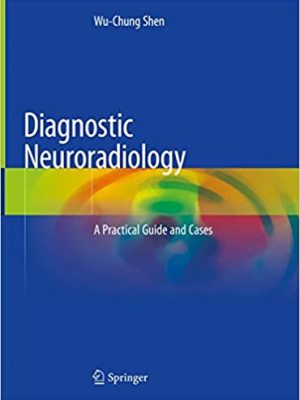
 Dentistry
Dentistry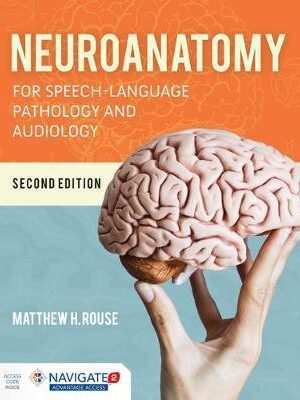
Reviews
There are no reviews yet.